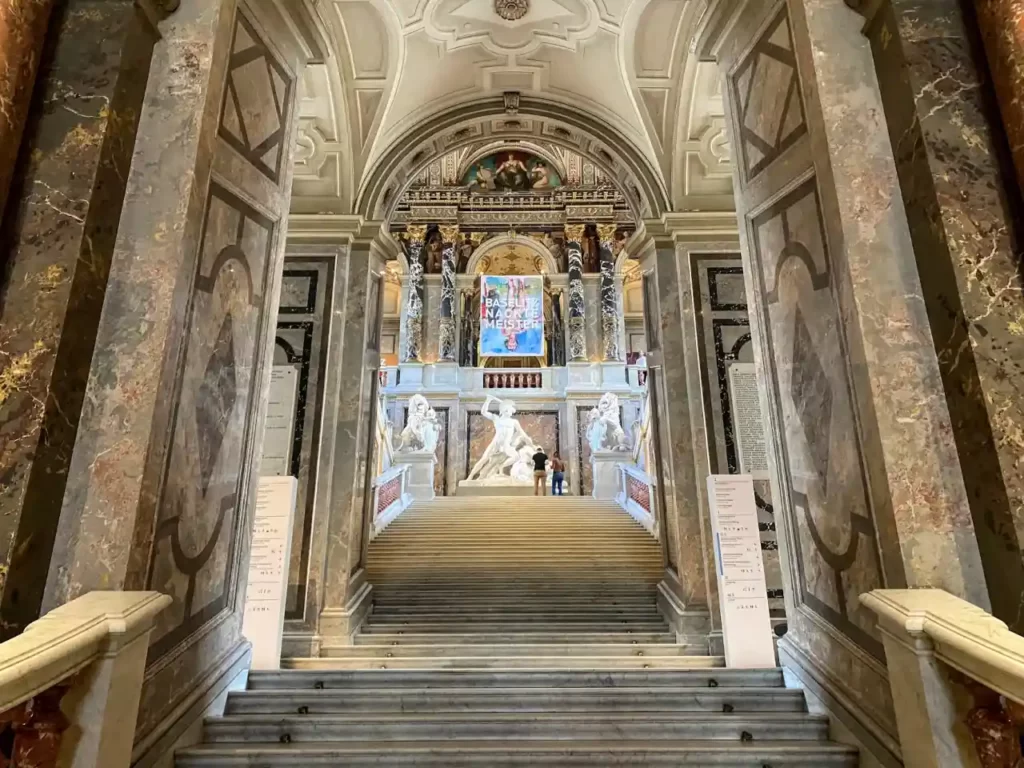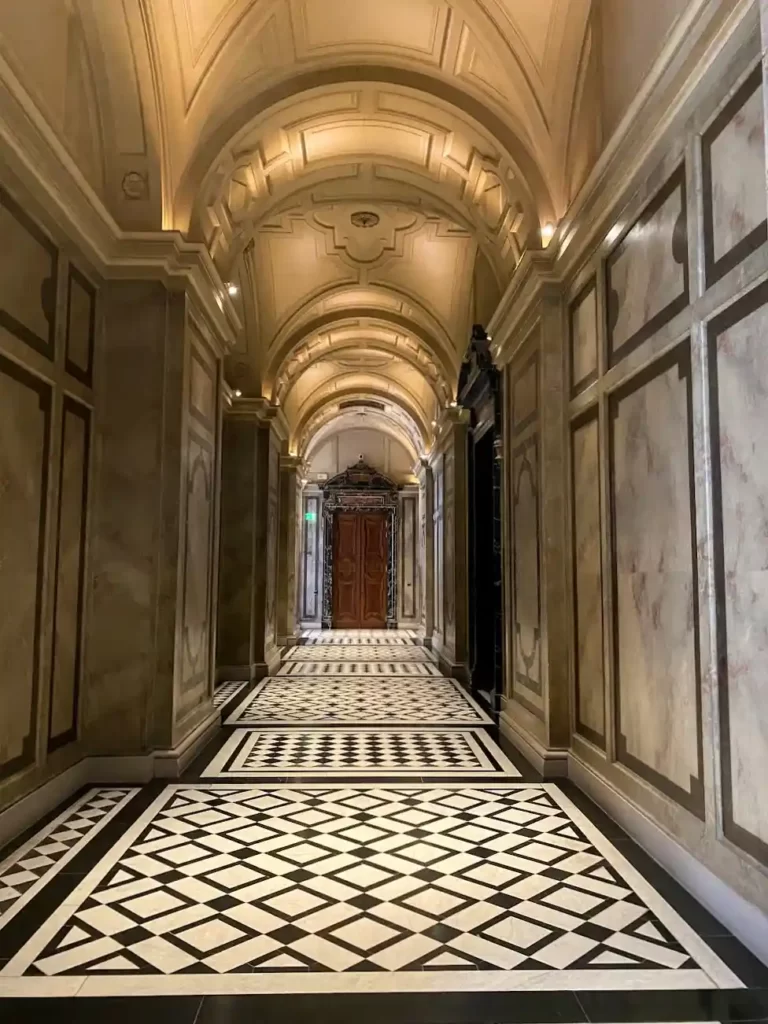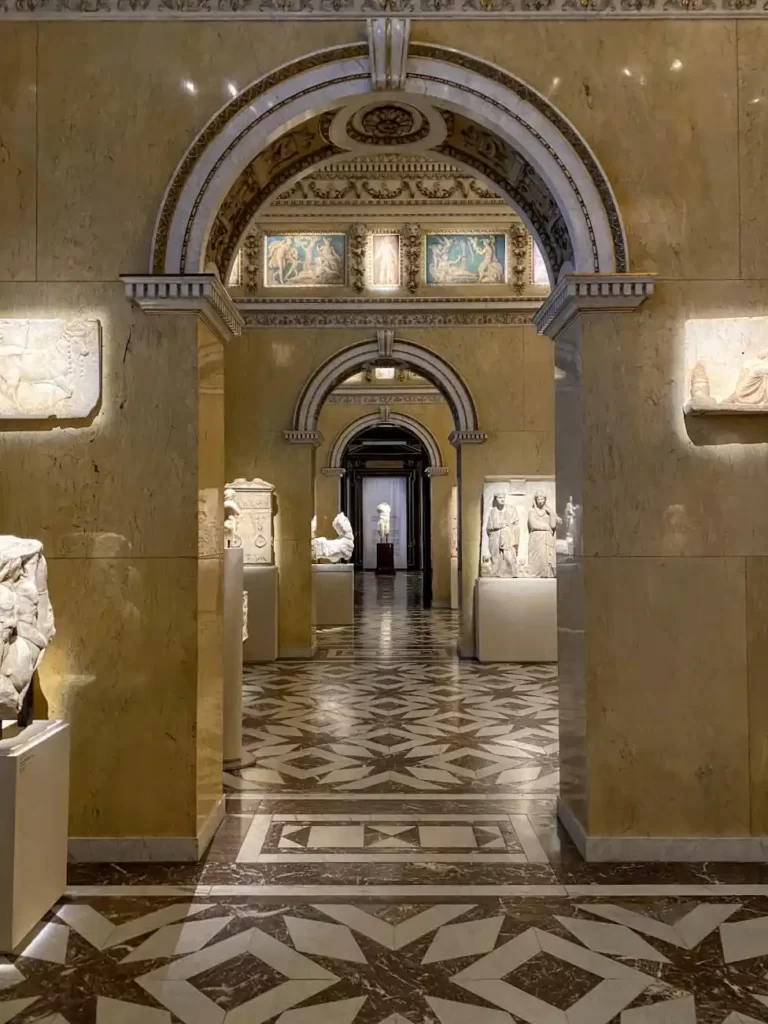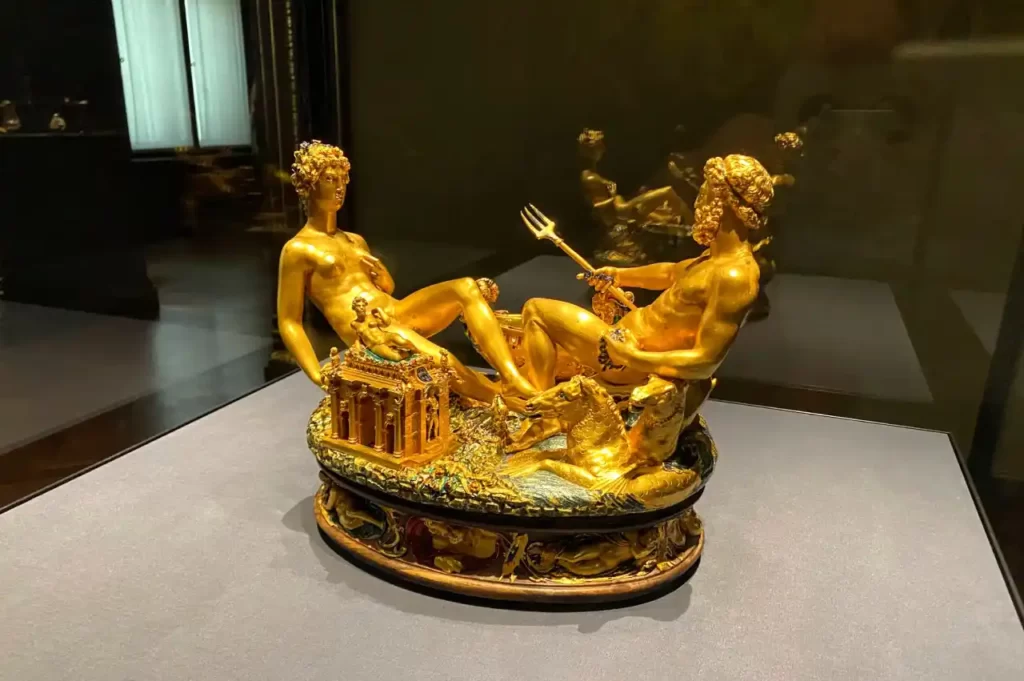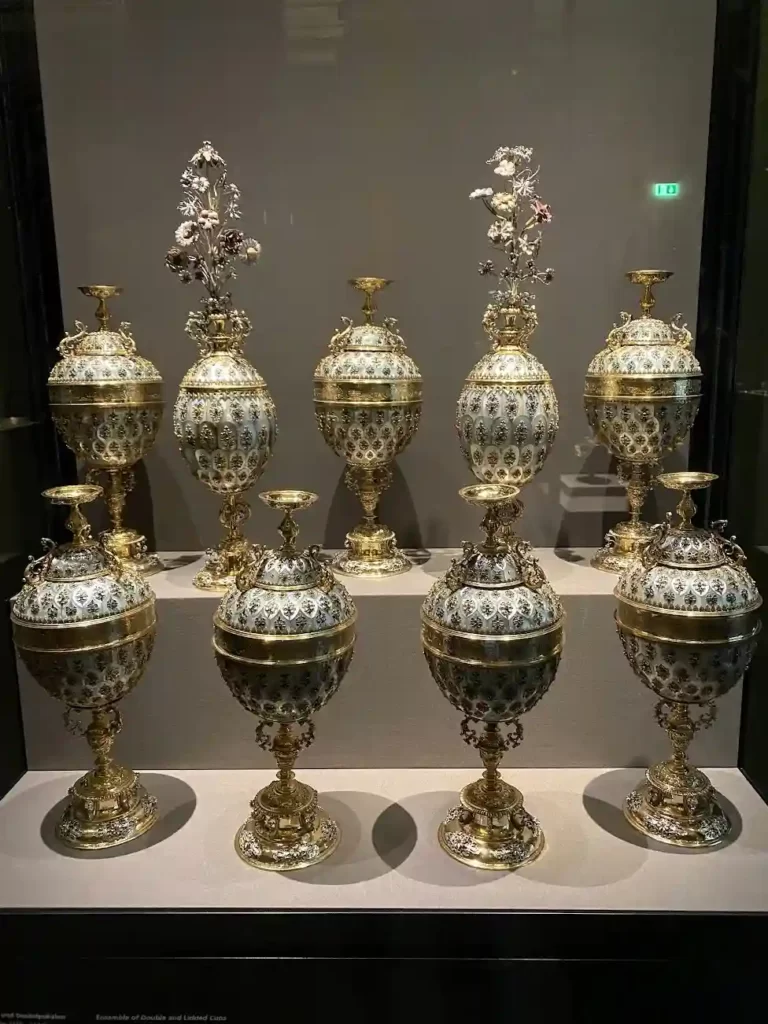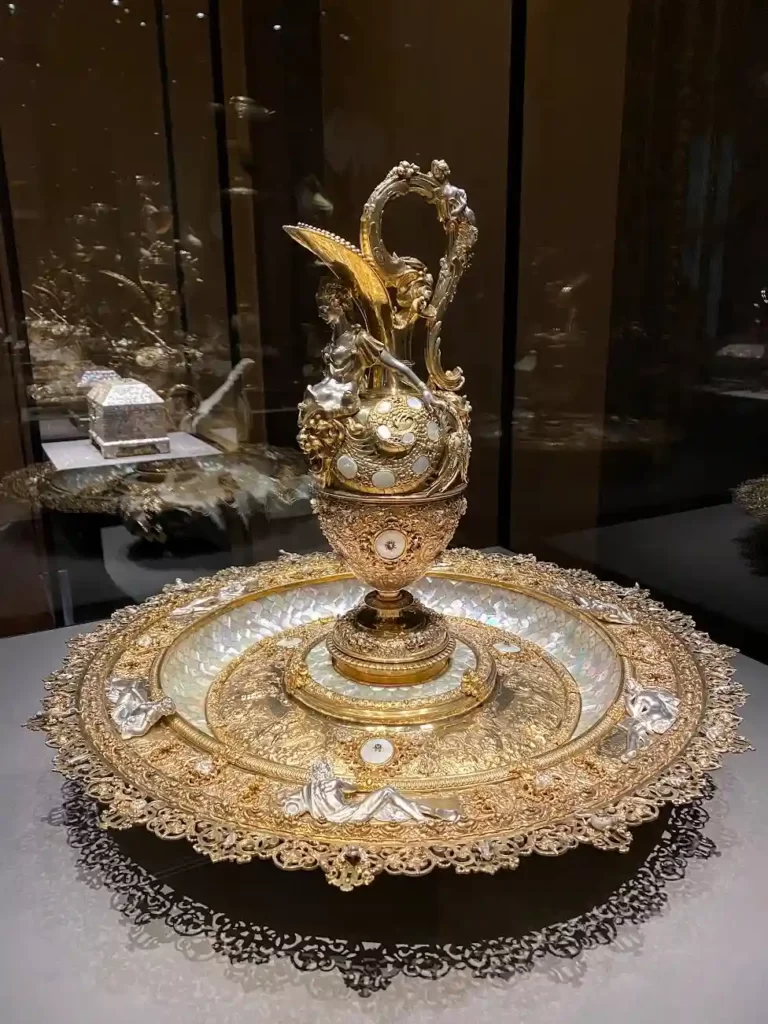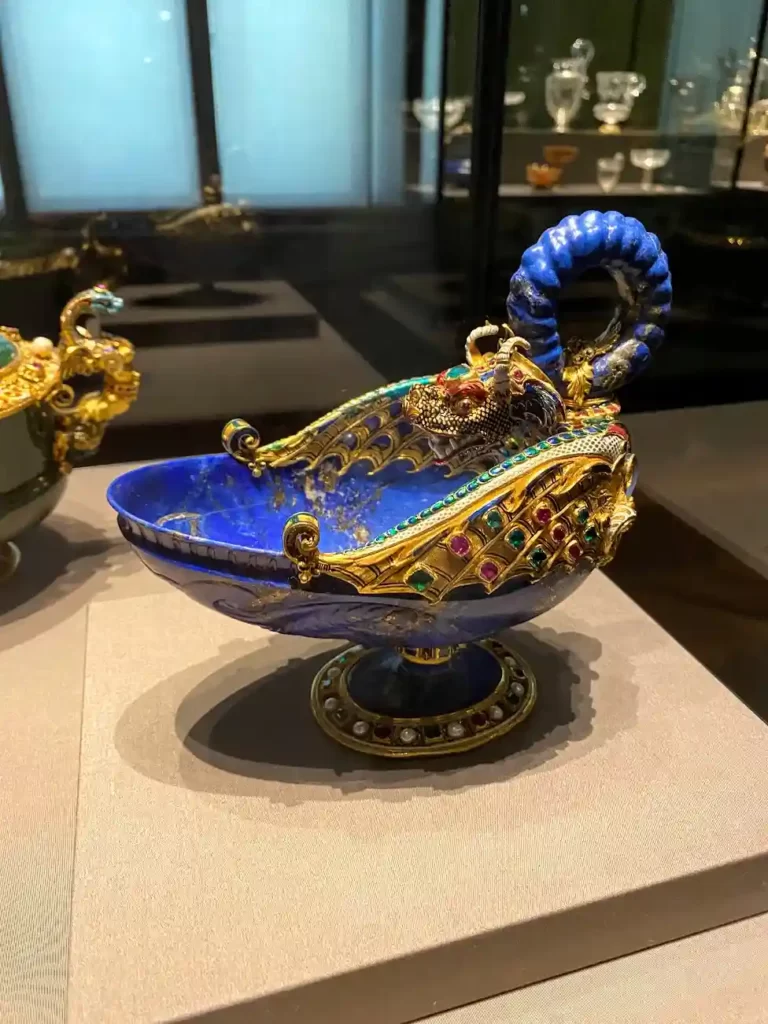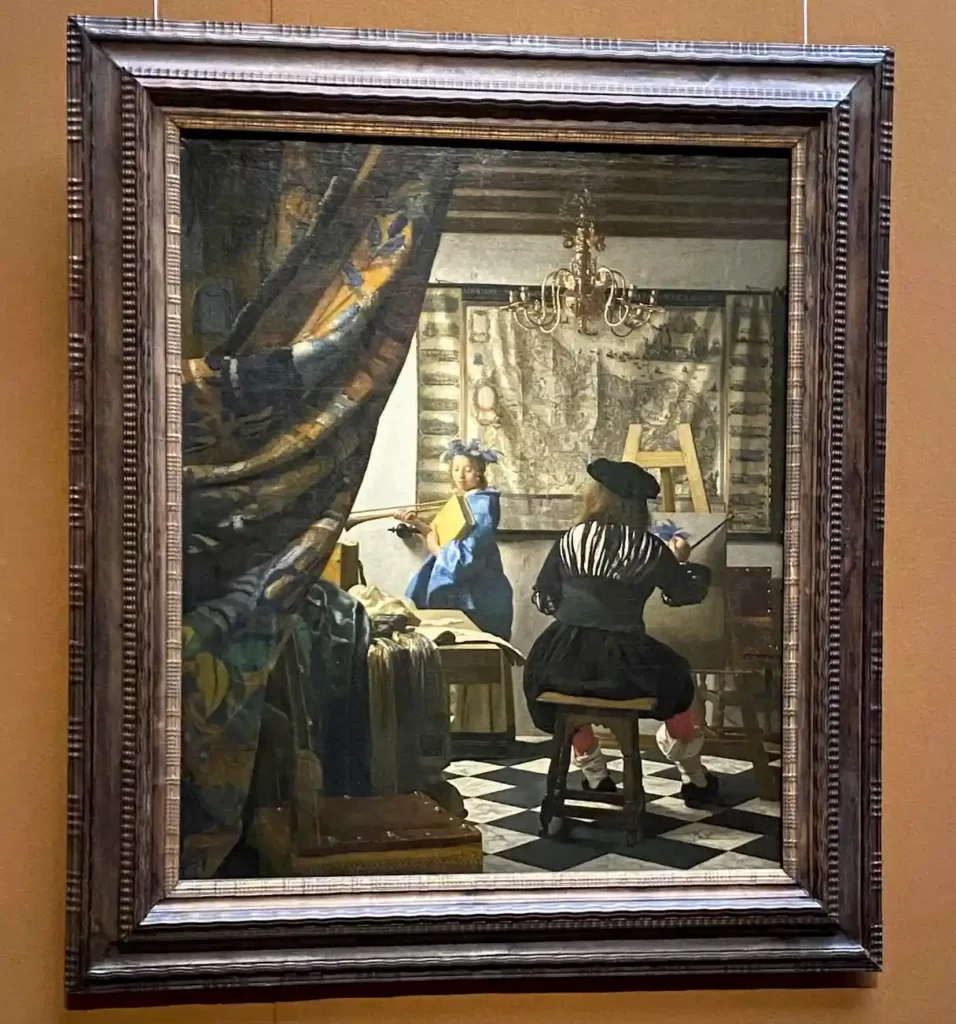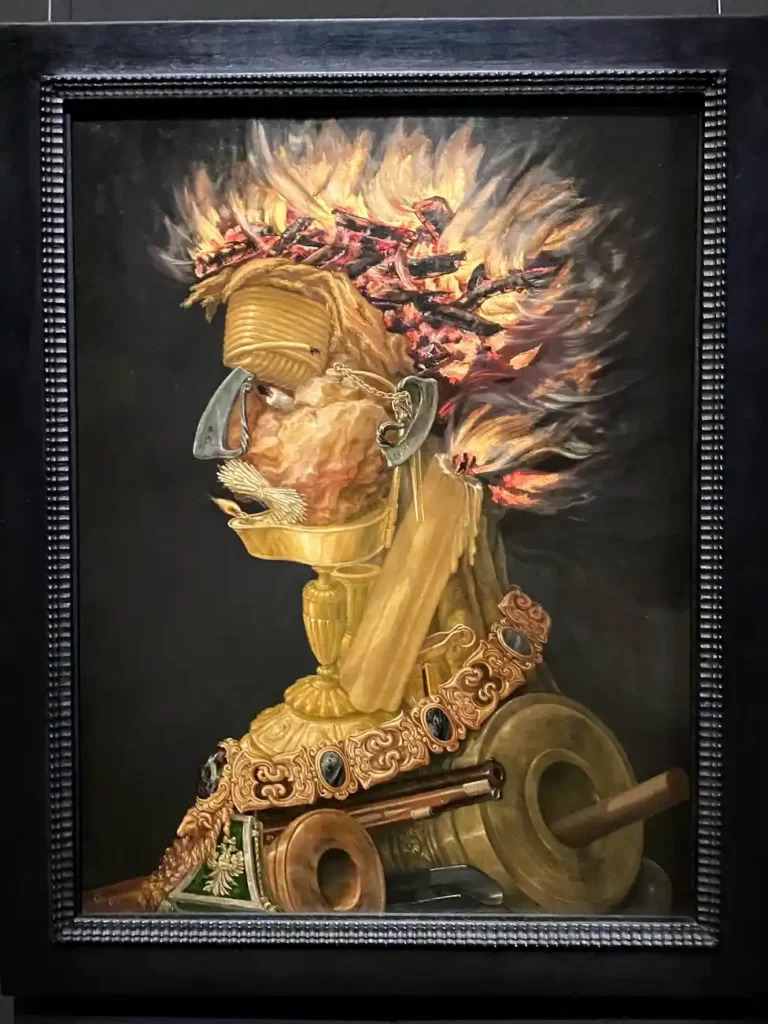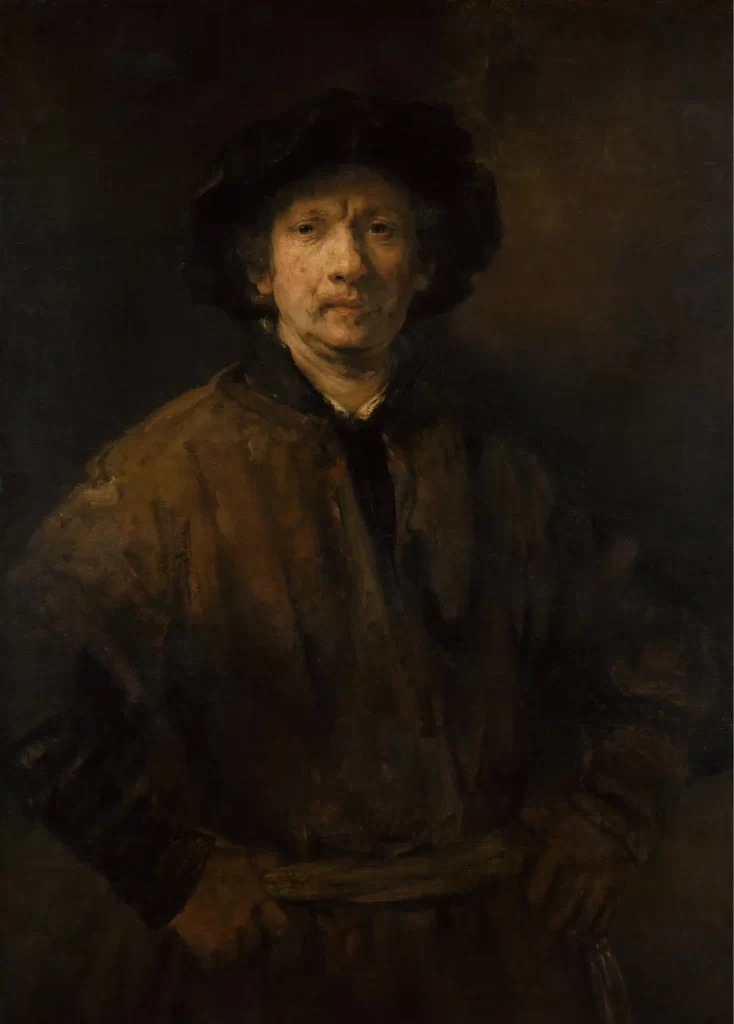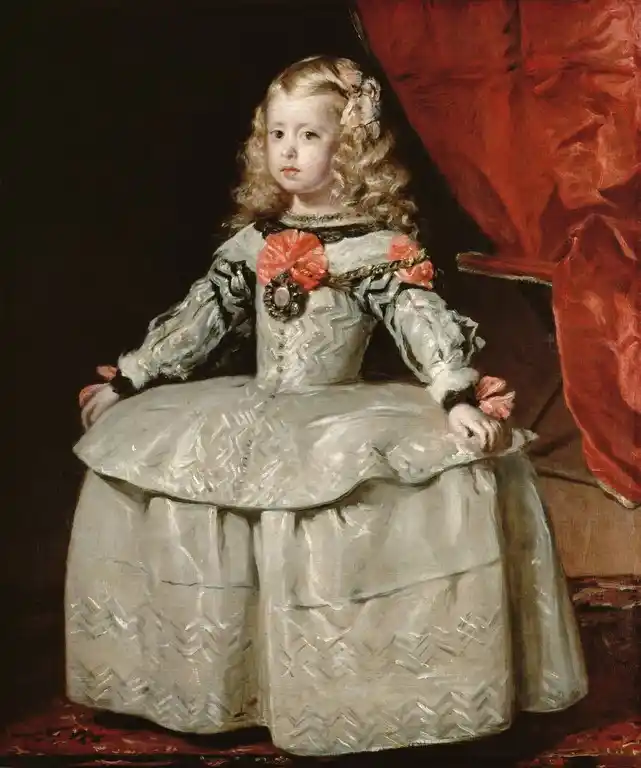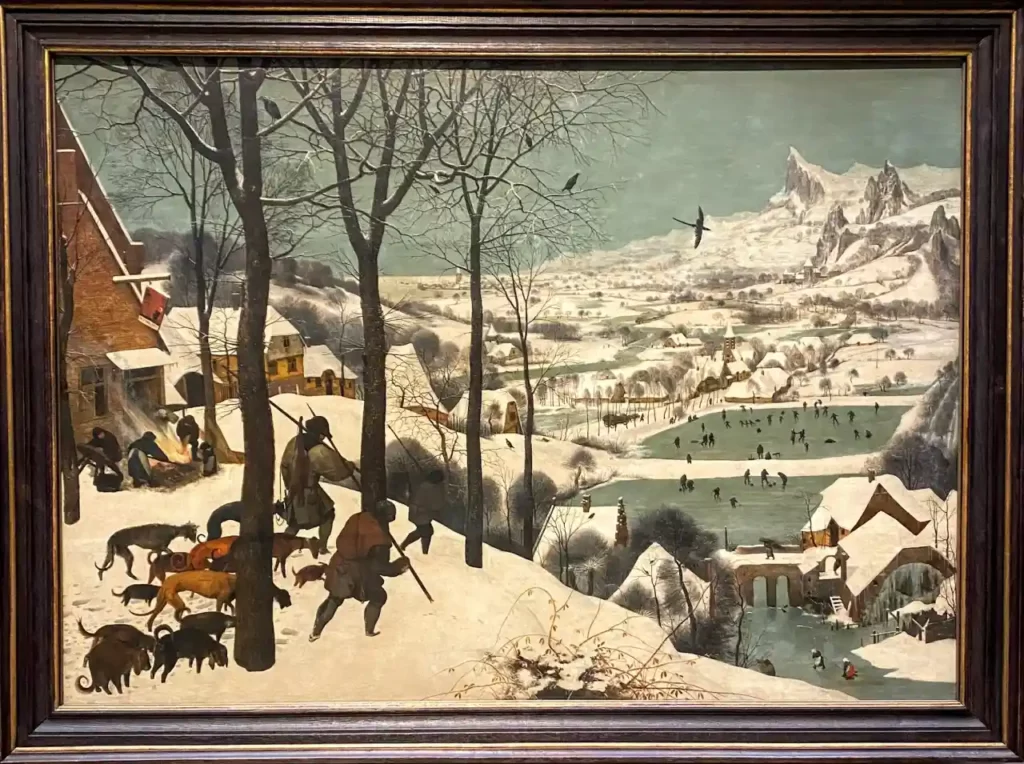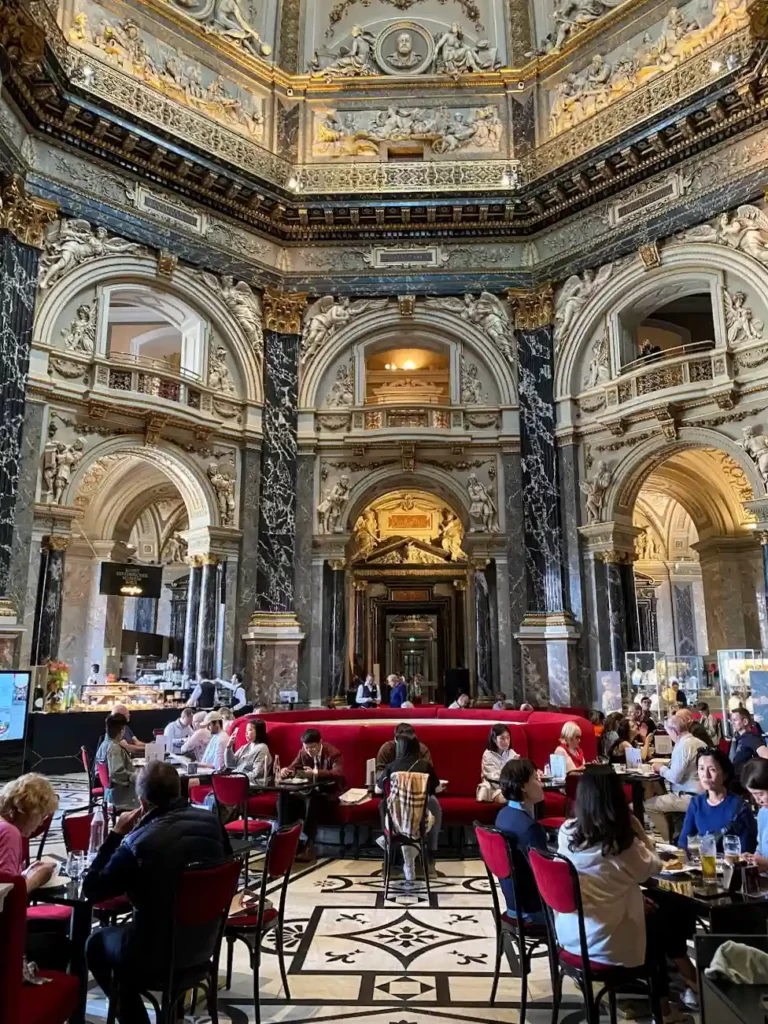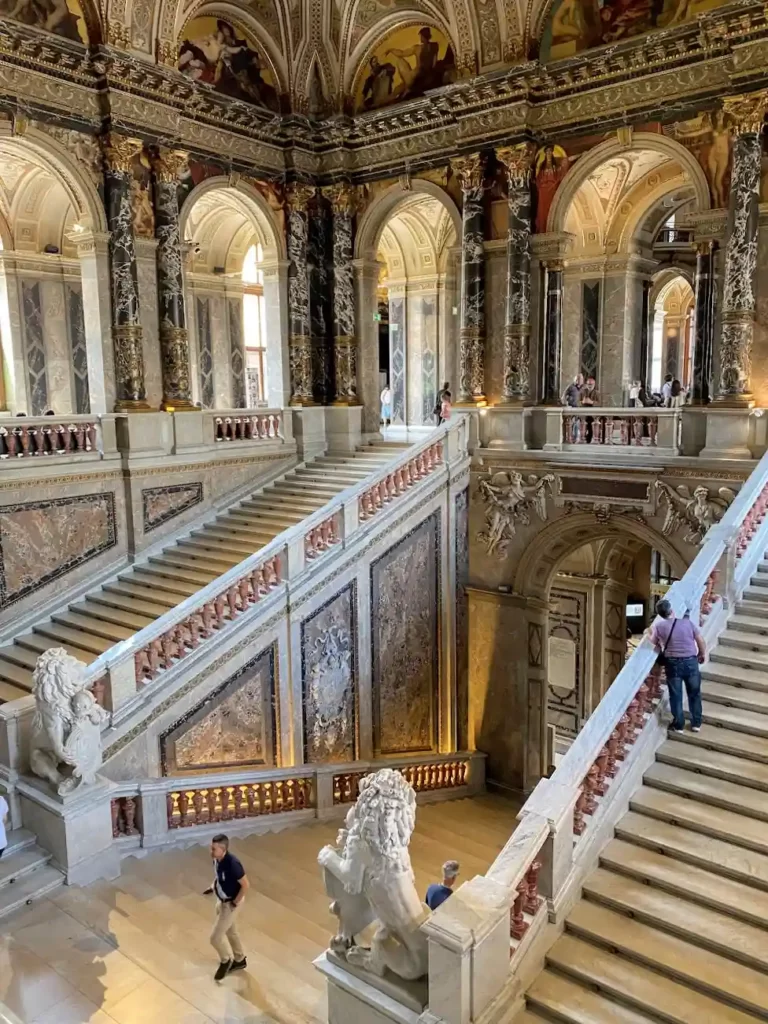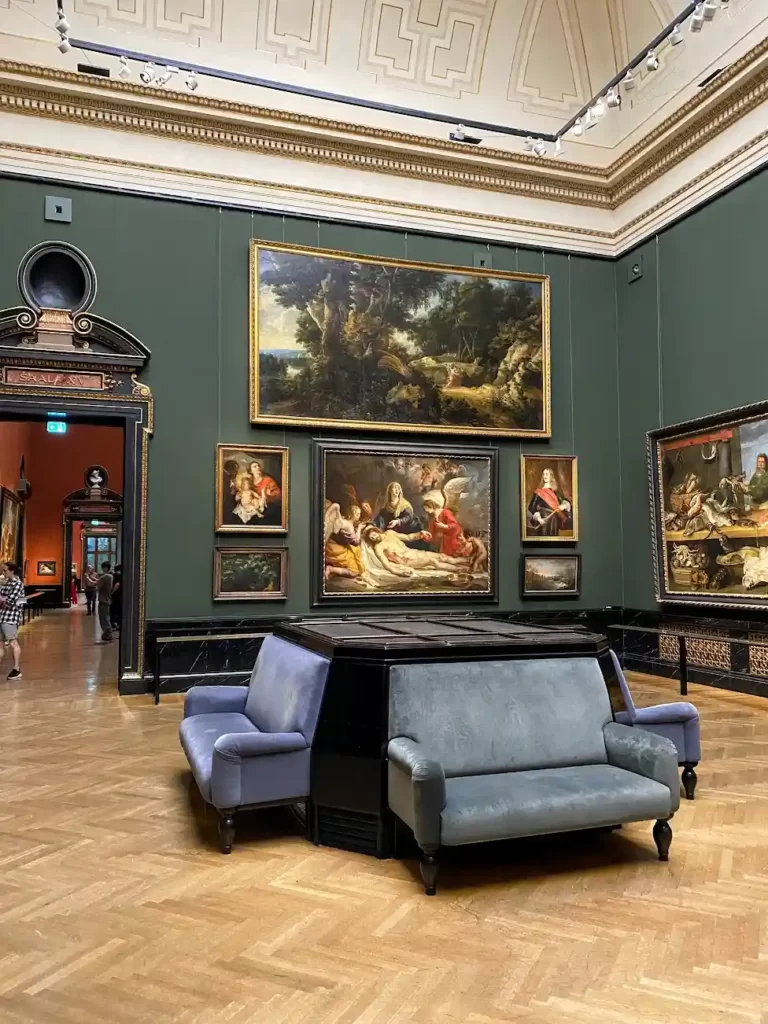Kunsthistorisches Museum in Vienna Collection is one of the best of its kind in the world. Located in a beautiful Neo-Renaissance palace, this museum is home to numerous artworks once belonging to the Habsburg family. In this article, you can learn more about the Kunsthistorisches Museum collection, highlights, and other tips for visiting this fantastic art history museum in Vienna.
Kunsthistorisches Museum in Vienna
This post contains some affiliate links. Read our Privacy Policy for more info.
The Kunsthistorisches Museum in Vienna is unique because it was founded to highlight the Imperial collection of art gathered by the Habsburg family. In the second half of the 19th century, with the global changes in Europe, they wanted to make their art collection more accessible to the public. So, the idea arose of building two museums opposite each other at the Maria-Theresien-Platz in Vienna. One was to become the Natural history museum, and the other one the Art history museum in Vienna. The buildings were designed by Gottfried Semper and Baron Karl von Hasenauer and constructed between 1871 and 1891. The museum was opened in the same year by the Emperor Franz Joseph I.
The interior of the building is unique among the European museums. It’s lavishly decorated with murals, gold leaf and marble, while fantastic stucco decoration is on the galleries’ ceilings. While wandering around the Kunsthistorisches Museum in Vienna, you can feel it was built as a museum to host the Habsburg art collection.
⤷ Read more: 7 Top art museums in Europe
Kunsthistorisches Museum Collection
Kunsthistorisches Museum in Vienna differs from other large European museums because once you enter it, you can immediately feel it was built by the emperors. In its interior, you’ll be surrounded by marble walls and stucco decorations which look like they were taken from some historical castle.
The same is visible in the Kunsthistorisches Museum collection, especially its sculpture and decorative arts. I was fascinated by numerous representative cups and plates made of silver, gold and gems. Material such as lapis lazuli or shells were common in producing those unique objects.
⤷ Read more: A guide for the perfect museum visit
10 Kunsthistorisches Museum Highlights
If you want to be sure not to miss anything important in Kunsthistorisches Museum collection, here are some of the highlights to keep an eye on.
Cellini Salt Cellar
If I needed to pick only one art piece to highlight within the Kunsthistorisches Museum collection, it would be Cellini Salt Cellar. Created in 1543, it’s considered the masterpiece of the gold smithery. The statue bears an interesting symbolism; the sea god Neptune represents the salt, while the female figure Tellus symbolises the paper. It’s filled with details, and beautifully made small parts, making it a fantastic piece of art.
The statue was stolen in 2003 and recovered three years later. You can read more about that in the Culture Tourist article about the most intriguing art heists in European museums.
Kunstkammer Wien
I include the whole collection among the Kunsthistorisches Museum highlights because the Kunstkammer Wien is home to one of the best decorative arts collections in the world. Kings and emperors collected unusual objects and kept them in their cabinets of curiosities. You’ll find many unique things made of precious stones, shells, corals and other exotic materials there.
Johannes Vermeer: The Art of Painting
This famous painting by Johannes Vermeer probably depicts the allegory of painting. It’s one of the Dutch painter‘s most famous and complex artworks. In the picture, Vermeer shows an artist painting a female model at his studio. A lady wearing a laurel wreath probably symbolises a muse inspiring an artist.
⤷ Read more: Meet the artist – Johannes Vermeer
Giuseppe Arcimboldo’s paintings
Giuseppe Arcimboldo is one of the most amusing painters in art history. He is famous today for his paintings showing allegories in a human form consisting of fruit, vegetables, animals or other objects from nature. Kunsthistorisches Museum collection is home to four of his artworks: Summer, Winter, Fire and Water.
Albrecht Dürer’s paintings
Albrecht Dürer is one of the most important German artists of all time. He was a painter, printmaker, and one of the key figures of the Renaissance in Northern Europe. Kunsthistorisches Museum has a great collection of his artworks, with some of the most famous being Portrait of a Venetian Lady (1505), Young Man (1507) and Emperor Maximilian I (1519).
Caravaggio: David with the head of Goliath
Kunsthistorisches Museum hosts one of the most famous paintings by Italian painter Caravaggio, representing David with the head of Goliath. As described in the Bible’s story, David took his head in triumph after killing the giant. Represented in numerous artworks in art history, the scene is represented in Caravaggio’s painting particularly well.
Jan van Eyck’s paintings
Only around 24 artworks made by Jan van Eyck, a famous Flemish painter from the first half of the 15th century, are preserved today. The Kunsthistorisches Museum collection is home to two of them: Portrait of Jan de Leeuw (1436) and Portrait of a Scholar (c. 1435). Portrait of Jan de Leeuw shows his focus on realism well, especially in secular portraits. In this one, he even shows the profession of his model. We know Jan de Leeuw was a goldsmith because he’s holding the ring. Although of a bit less quality, the other portrait captures the age and personality of a person painted very well.
⤷ Read more: Jan van Eyck
Rembrandt: Self-portrait
During his career, Rembrandt van Rijn made more than 40 self-portraits. One of the most famous of them is in the Kunsthistorisches Museum collection. Painted in 1652, its made in his later style, in which he wasn’t focusing so much on details anymore but was instead painting with ticker layers of paint.
⤷ Read more: Rembrandt in Amsterdam
Parmigianino: Self-portrait in a convex mirror
Parmigianino’s Self-portrait in a convex mirror is one of the most iconic artworks of the Late Renaissance. Using the convex mirror, the artist showed himself in a distorted image. What’s quite surprising when you see this painting in reality is that the painter used special convex canvas to mimic the shape of the mirror. It’s absolutely one of the highlights of the Kunsthistorisches Museum collection that shouldn’t be missed.
⤷ Read more: The travelling artists & artworks in Renaissance Europe
Diego Velázquez: Portraits of the Royal family members
Diego Velázquez was the official Spanish court painter in the 17th century. At that time, the Spanish Royals were a branch of the Habsburg family. So, it comes as no surprise some of these portraits found their place in the Kunsthistorisches Museum collection.
Bruegel at Kunsthistorisches Museum Vienna
Next to the Royal Museums of Fine Arts in Brussels, Kunsthistorisches Museum in Vienna is home to the best collection of Pieter Bruegel the Elder. By owning 12 Bruegel paintings, it also has the largest collection of his artworks in the world. It’s a great place to see some of the iconic artworks made by the famous Flemish master. Some of the most prominent among them are The Tower of Babel (1563), Peasant Wedding (1568), The Hunters in the Snow (1565) and The Fight between Carnival and Lent (1559).
⤷ Read more: Where to see the paintings of Pieter Bruegel the Elder in Belgium
Kunsthistorisches Museum Cafe
Kunsthistorisches Museum is home to one of the most beautiful museum cafes I’ve ever seen. Located on the first floor under the octagonal dome, it’s a unique and special place. Surrounded by marble walls, you can enjoy the view of the square in front of the museum or the beautiful cafe’s interior. Be sure to have a coffee or a bite and relax a bit during your visit to the Kunsthistorisches Museum Cafe.
⤷ Read more: 16 Inspiring female artists from history
Practical tips for visiting the Kunsthistorisches Museum in Vienna
The Kunsthistorisches Museum is quite easy to navigate. You can get to the museum at the main entrance located on the Maria-Theresien-Platz. Once inside, you’ll need to show your entrance ticket to the guard (more about the Kunsthistorisches Museum tickets a bit later).
You can leave your large bags and backpacks in the locker room on the left. To use the lockers, you’ll need one or two Euro coins. If you won’t have any (like me), you can ask for the lockers’ coins at the Museum Shop.
Museum Shop is located right from the entrance hall and has nice art-inspired souvenirs, art books and other fun things to get home as a memory from the museum.
You can also take an audio guide and a museum map at the entrance hall.
I suggest first seeing the collections on the ground floor. That’s where you’ll find Sculpture and Decorative Arts Collection, Greek and Roman Antiquities. Take the famous Kunsthistorisches Museum staircase to the upper floor then. You can definitely spend some time on it by observing beautiful marble wall decoration, wall paintings and monumental Antonio Canova’s Theseus and the Centaur statue.
Afterwards, have a coffee and cake break at the beautiful Kunsthistorisches Museum cafe. I enjoyed the view of the beautiful interior there while enjoying the traditional Austrian Sacher cake.
After relaxing, continue exploring the Kunsthistorisches Museum collection on its upper floor. That’s where you’ll find its Picture Gallery with some of the most famous paintings from European art history.
Kunsthistorisches Museum opening hours
Kunsthistorisches Museum is open Tuesday to Sunday, 10 am – 6 pm, with the longer opening hours on Thursdays when the museum is open until 9 pm. Like many museums, it’s closed on Mondays.
Kunsthistorisches Museum tickets
Although you can buy tickets at a little kiosk in front of the museum entrance, I advise buying your Kunsthistorisches Museum tickets online. You’ll save time and get to the museum right away. Here is the link to the Kunsthistorisches Museum skip-the-line tickets.
The Kunsthistorisches Museum collection is home to some of the best masterpieces of European art history. Visiting that fantastic museum is a must for any art lover visiting Vienna.
Have you been to the Kunsthistorisches Museum? What were some of your favourite artworks there? Let me know in the comments below.


